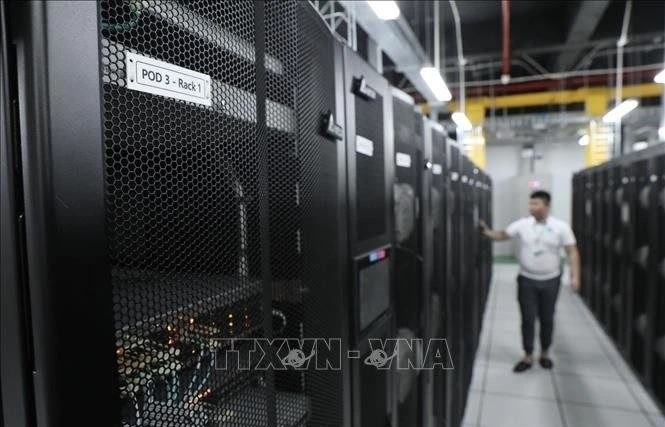NZealand braces for loss of life as mine rescue drags on
The trapped miners have not been heard from since the explosion tore through the Pike River colliery on Friday, with frustrated rescuers unable to go underground due to a cocktail of dangerous gases in the mine.
Emergency crews were racing to finish drilling a small hole through to the mine shaft to glean a clearer picture of conditions in the pit, but the rescue operation chief said they had to prepare for fatalities.
"We still remain optimistic, we're still keeping an open mind but we are planning for all outcomes and this also includes... the possible loss of life as a result of what's occurred," police superintendent Gary Knowles told reporters.
It was Knowles' most downbeat assessment yet of the miners' chances of survival. Previously, he has stressed that he was overseeing a search and rescue operation "with the emphasis on rescue".
Prime Minister John Key had said earlier there was a chance the men were still alive but as the rescue dragged on New Zealanders were left facing the grim prospect it may be the country's worst mining disaster in almost a century.
One of only two men to make it out of the mine, located in a remote region of New Zealand's South Island, described an extremely powerful explosion that blew him off his feet.
It sounded like a "shotgun blast but much, much louder and more powerful", said Daniel Rockhouse, 24, whose brother Ben is still in the mine.
"I got up and there was thick white smoke everywhere -- worse than a fire. I knew straight away that it was carbon monoxide," he told the New Zealand Herald.
Rescuers were drilling a 15-centimetre (six-inch) hole through to the mine shaft, which would be used to take air samples and funnel laser-imaging equipment and video cameras down.
They also hoped to send a remote-controlled robot carrying a camera part way down the mine shaft, although it can only operate where where there is fresh air not in a gaseous environment, as rescuers previously thought.
The bore hole should be completed Monday night, Pike River chief executive Peter Whittall said.
He said the focus was on getting the men out alive but concerns were growing.
"The reality is we haven't heard anything from anyone since the two guys came out of the pit," he told reporters. "The reality is, for the families now it's becoming more and more grave with every hour that goes past."
Tests have showed gases in the mine that could overcome any would-be rescuers or spark another explosion.
They have also detected the presence of fire in the mine but it was not known if it was affecting safe areas where rescuers hope the miners are sheltering with compressed air and water supplies.
Whittall also Monday defended the safety record of the mine, which taps a seam on the South Island's rugged west coast, saying it operated as safely as possible in a hazardous environment.
He said the mine had systems in place to minimise the risk from methane gas.
"It's certainly a hazard of the mine, but to say it's prone to risk is to say it's happened before, or it happens all the time. It doesn't," he said.
Police have released the names of the 29 trapped men, who Key said still had a chance of survival.
"The advice I have is that there is oxygen in the mine and there is every chance that those miners have managed to get to a pocket of that oxygen flow and therefore that they are alive," Key told Sky News.
Australian miner Brant Webb, who survived two weeks trapped underground at a mine in 2006, told families to "never give up hope" and others have pointed to the dramatic rescue of 33 miners trapped for more than two months in Chile.
What the stars mean:
★ Poor ★ ★ Promising ★★★ Good ★★★★ Very good ★★★★★ Exceptional
Latest News
More News
- Tropical storm Trami leaves at least 24 people dead in Philippines (October 24, 2024 | 17:36)
- Singapore grants conditional approval for solar power import from Australia (October 24, 2024 | 17:27)
- ASEAN digital economy set to reach $2 trillion by 2030 (October 22, 2024 | 15:08)
- Thailand asks Laos to waive visa fee at border checkpoints to boost tourism (October 21, 2024 | 17:23)
- Laos pledges to continue efforts to empower girls (October 21, 2024 | 17:17)
- Chinese electric vehicle maker to build plant in Indonesia (October 21, 2024 | 17:12)
- Vietnam Elevator Association introduces Elevator Safety Application to the world (October 18, 2024 | 09:00)
- A taste of the future - the go-to spot at the Worldchefs Congress & Expo 2024 (October 15, 2024 | 16:11)
- Jakarta to impose household waste levy (October 14, 2024 | 16:49)
- China, Laos plan to build connectivity development corridor with Thailand (October 14, 2024 | 16:19)




















 Mobile Version
Mobile Version